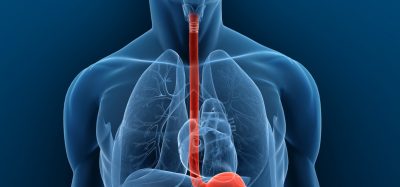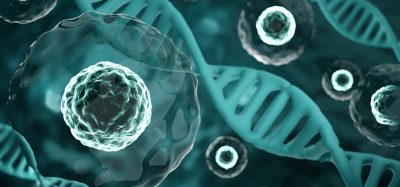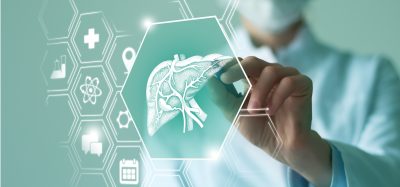Scientists replicate newt cell regeneration with human cells
Posted: 21 August 2015 | Victoria White
Scientists have adapted the astonishing capacity of newts to regenerate tissue to rejuvenate cells from older people with osteoarthritis…


A research team at the University of York has adapted the astonishing capacity of animals such as newts to regenerate lost tissues and organs caused when they have a limb severed.
The scientists, led by Dr Paul Genever, have developed a technique to rejuvenate cells from older people with osteoarthritis to repair worn or damaged cartilage thus reducing pain.
There is currently no treatment to prevent the progression of osteoarthritis, and people with severe disease often need total joint replacement surgery.
A patient’s own bone marrow stem cells are, however, a valuable source of potential treatment as they can generate joint tissue the body will not reject when re-implanted. Nevertheless, as people grow older the number of stem cells decreases and those that remain are less able to grow and repair tissue.
Cells in newts can change in response to injury – a process known as dedifferentiation. The cells aggregate and return to a stem cell-like state to allow them to increase in numbers and generate the specialised cells needed for new tissue formation.
But this form of tissue regeneration does not occur in humans, so the researchers recreated similar conditions in the laboratory by growing human cells as 3D aggregates.
Scientists used a technique to dedifferentiate human cells
The scientists cultivated the spheroid clusters of cells, which are just visible to the naked eye, in tiny cavities. The process involves reverting cells to an embryonic state. In doing so, the cells eat their own constituents and consequently reduce in size.
Dr Genever said, “Using this technique, we have shown that human cells can also be dedifferentiated to an early embryonic stage. They are then capable of generating new tissues. We were able to use pharmaceuticals to induce cell self-eating effects and stimulate dedifferentiation though not as effectively as 3D culture, so we need to do more work on this.
“The next stage is to find out more about the dedifferentiation process so that we can find the right treatment to encourage tissue repair in the damaged joint. That is our aim.”
Osteoarthritis is the most common form of joint disease worldwide. In the UK alone, around a third of people aged 45 years and over, totalling 8.75 million people, have sought treatment from their GP for the condition. The condition causes pain and stiffness in the joints due to cartilage at the ends of bones wearing away.
The research findings are published in Nature Scientific Reports.








